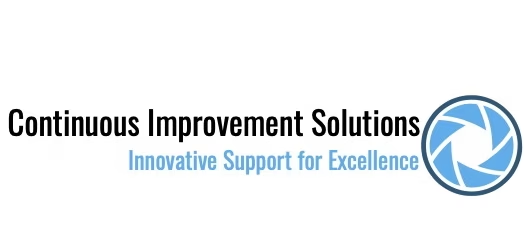Are you looking for ways to promote your business online?
Look no further!
Today we are going to dive into actionable ways you can promote your business online.
We are going to talk about everything from the very first steps you need to take to more advanced ways you can promote your business online.
Want to learn more? Keep reading!
Getting Started With Your Online Business Presence
Are you a beginner looking at the first steps you need to take to put your business online?
This section is for you.
Already have your digital foundation set up? Skip down to the Free and Low Cost Promotion Strategies.
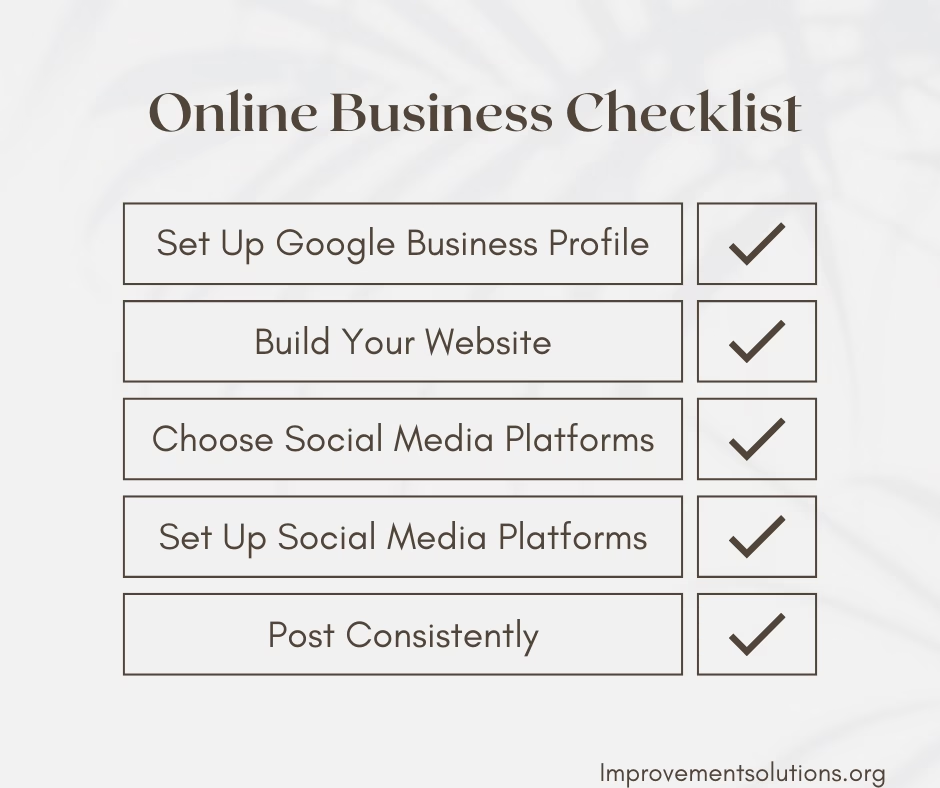
Setting Up Your Google Business Profile
Setting up a business can be difficult, so congratulations on making it this far.
While setting up your business can be a challenge, setting up your online presence doesn’t have to be.
The first step is: Setting Up Your Google Business Profile.
Having a Google business profile allows your potential customers to find your business easily when searching Google.
How to Set Up Your Google Business Profile
- Sign in or Create a Google Account: Use your business email domain if creating a new account.
- Go to the Profile Creation Page: Create your profile here:
- Add Your Business Name: Type your business name or select it from the suggestions. Request ownership if it’s already verified.
- Choose Your Business Category: Pick the category that fits your business.
- Decide on a Location:
- Storefront? Enter your address and place a marker on the map.
- No storefront? Skip the address step.
- Set Your Service Area: List up to 20 cities or areas you serve. Within a 2-hour driving radius is recommended.
- Add Contact Details: Include your phone number and website (or create one through Google).
- Finish and Verify: Review your info, click Finish, and choose a verification option.
That’s it—you’re ready to make your business more visible online! Full guide here.
Build Your Website
The next step to promote your business online is to have a website for potential customers to visit.
Here are a few easy steps you can take to build your website:
Find a Website Builder Platform
First do some research in order to find a website builder platform that works best for your needs.
For beginners, a website builder platform like GoDaddy that features a drag and drop interface is best since it requires no knowledge of coding.
For those who are up for more of a learning curve, you can use a website builder platform like WordPress.com or WordPress.org. These platforms can be difficult getting started, but they offer upgraded design and integration options.
If you’re looking for website builders for your website, check out Forbes list of Best Website Builders in 2024.
Register a Domain Name
Once you choose a website builder, you want to choose a domain name for your website.
A domain name is the URL that your website will belong as. For example, our domain name is www.improvementsolutions.org.
When choosing your domain name many people often use the same name that their business is called.
In order to get your domain you must buy it from a domain registrar. Here is a guide from Shopify that walks you through how to get your domain.
Create Your Website
The next step is to create your website.
You first can start off with a theme. Choose what colors and fonts you want to use for your website.
Then it’s time to write the content for your website.
Here is a list of pages to have on your website to get started:
- Home
- About Us
- Contact Us
- Products and Services
- Blog
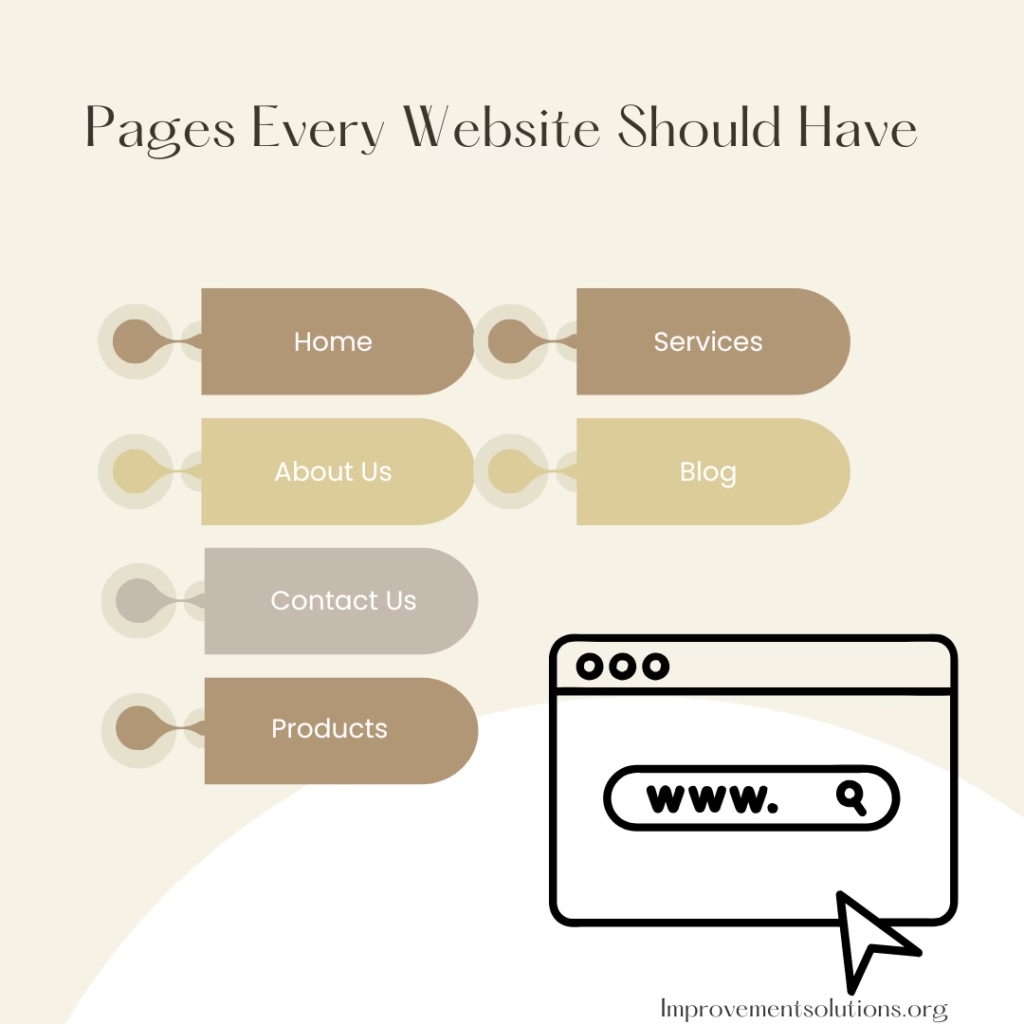
Test and Publish
Now that you have created your website, it is time to test your page.
This involves making sure your buttons work, making sure there are no broken links, and checking for any other issues with your website.
When you have checked that everything runs smoothly, then it’s time to publish your website for customers to find!
Choosing and Setting Up Social Media
Now that you have your business profile and website set up, it’s time to set up your social media.
The first step to starting social media is choosing which social media platforms are best for you.
Choosing Which Social Media Platforms are Best For Your Business
The first step to choosing which social media platform(s) are best for your business is to know your audience.
Here are some key questions to narrow down your audience:
- What age range is your audience?
- Is there a specific location your audience is in?
- Is your audience gender specific?
- What hobbies/interests do your audience have?
These questions will help you pick what social media platform is best for you.
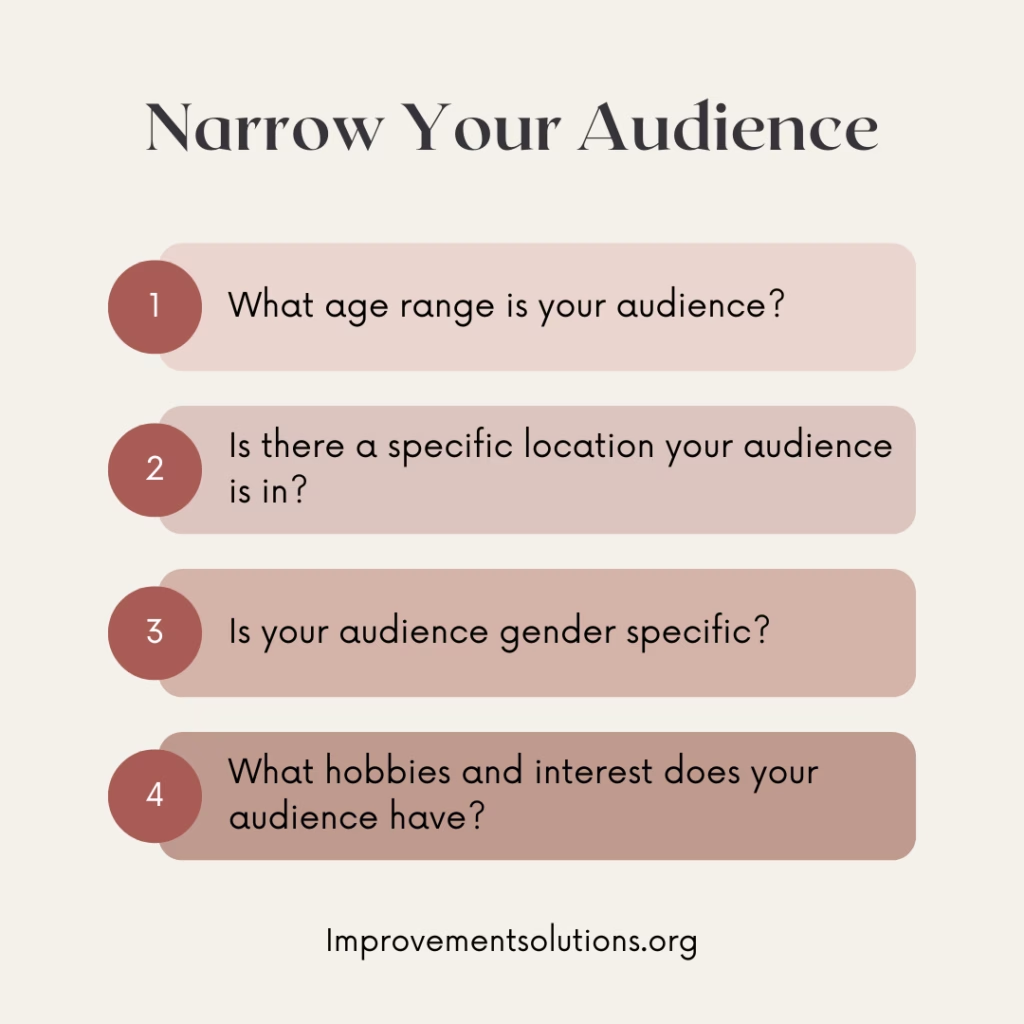
For example, if your audience is mainly women, a good social media to focus on is Pinterest since 76% of Pinterest users are female.
Once you find a platform that your audience is likely to use, then it’s time to start making content.
However, as you get started, only pick one social media platform at a time.
It is easy to burn out, especially when making content for multiple platforms.
Start by picking one platform and post consistently. Once you feel confident and have time to add more on your plate, then you can add another platform.
Free and Low Cost Promotion Strategies
Promoting your business online doesn’t need to cost a ton of money.
Here are some ways that you can promote your business online without breaking the bank.
Website Optimization
The first way you can promote your business online (without spending money) is to optimize your website for search engines.
This means making your website more compatible with search engines or Search Engine Optimization (SEO).
In simple terms, SEO is all about making sure your website comes up at the top when people are searching in search engines such as Google.
SEO Basics
SEO sounds very complicated, but completing it is relatively easy.
There are a few criteria that search engines, like Google use to determine which websites rank first. This includes:
- Technical SEO: This is how well your website works. Are there broken links or is your website slow to load?
- Content Quality: Is the content on your website helpful and useful to people who are searching?
- Keywords: Do you have pages or posts that have keywords that users are searching for on Google?
- Link building: Are there links from other credible websites and sources that lead back to your website?
Focusing on these elements can make sure that your website is optimized to show up higher in the rankings during searches.
Analytics and Tracking
Another way to improve your website is to have analytics and tracking. You can use free tools like Google Analytics to track the behavior of people using your website.
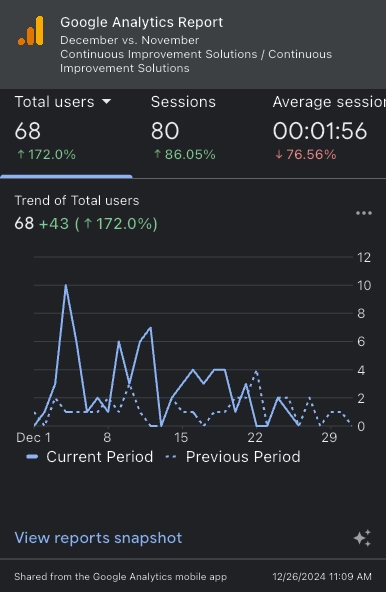
Using this data is key to making sure your website is working the way you want it to.
You can see important information such as how long someone stays on a page. This is key to understanding what is working and what’s not.
Here is a simple guide on how to set up analytics and tracking for your website.
Online Directories and Review Sites
When it comes to promoting your business online, online directories and review sites are low-hanging fruit that can yield high-impact results.
They help potential customers find you easily while boosting your credibility.
Here’s how to make the most of them:
Online Business Directories
Think of online business directories like digital phone books.
Google My Business, Yelp, and Bing Places are examples of must-haves.
Start by ensuring your profile is fully filled out: upload high-quality photos, include your contact info, and write a compelling business description.
The more complete your listing, the better chance it has of showing up when people search for businesses like yours.
Pro Tip: Consistency is key. Make sure your business name, address, and phone number (NAP) are identical across all platforms. This builds your SEO and builds trust.
Review Management
Online reviews are the modern word-of-mouth.
People trust reviews as much as personal recommendations, so don’t underestimate their power.
Encourage happy customers to leave reviews on platforms including Google or Yelp because sometimes all it takes is a polite ask via email or after a successful service.
Negative review? Don’t panic.
Respond calmly, acknowledge the issue, and offer a solution. A thoughtful response shows you care about your customers and are proactive in resolving issues.
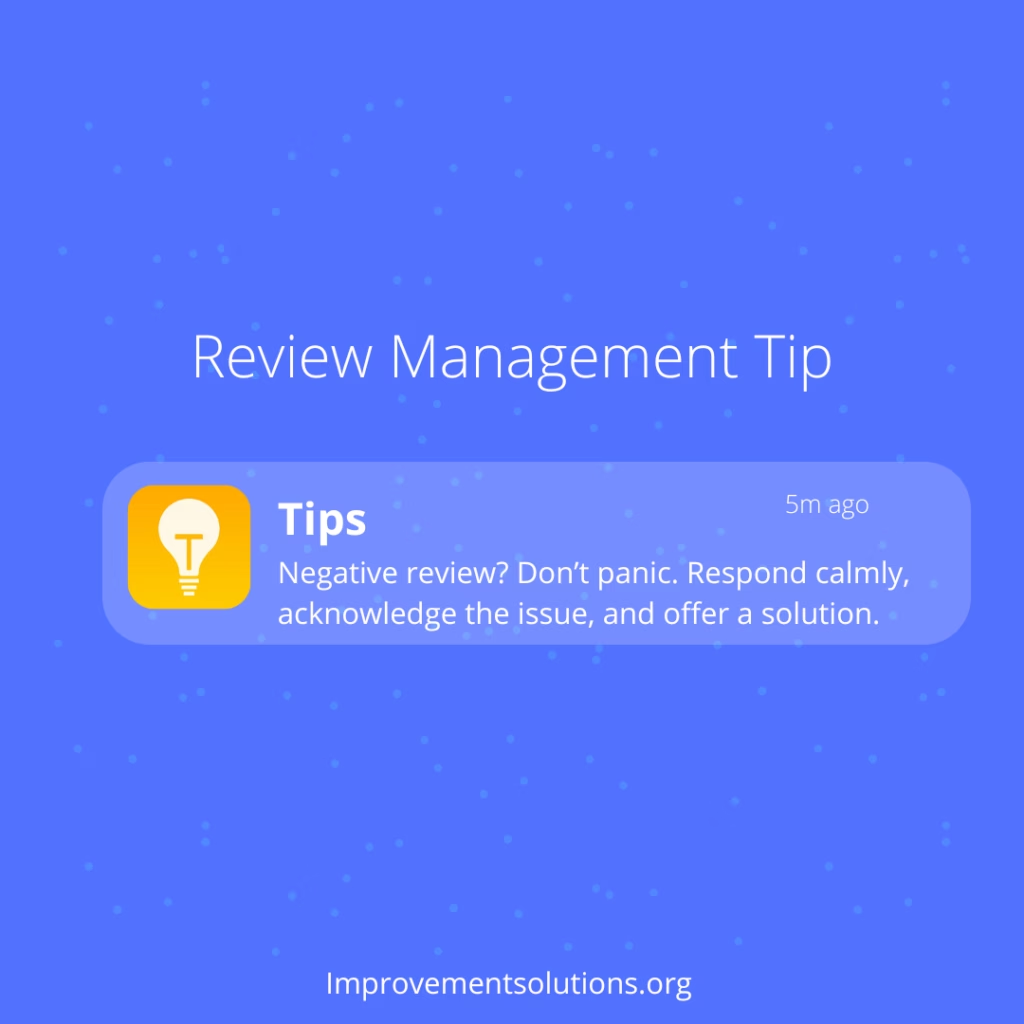
Industry Specific Platforms
Some businesses thrive on niche platforms built specifically for their industry.
Whether you’re in real estate, healthcare, hospitality, or another field, there’s likely a review site or directory that targets your specific audience.
For example, TripAdvisor is a goldmine for restaurants and hotels, while Avvo serves the legal community.
By getting your business listed on these industry-specific platforms, you’re not just putting your name out there, you’re connecting with the people most likely to need your services.
These platforms give you the opportunity to build credibility and show off your expertise in your field. Plus, customers searching for specialized services are often more likely to choose businesses they find on these dedicated sites.
Getting your business visible on the right online directories and review platforms is a powerful way to promote your business.
So, get listed, manage your reviews, and tap into industry-specific platforms to grow your online presence!
Collaborative Marketing
When it comes to promoting your business online, you don’t have to complete it alone.
Collaborative marketing is a smart way to expand your reach by teaming up with others who share your audience or complement your services.
Let’s explore two key strategies: guest posting and cross-promotion.
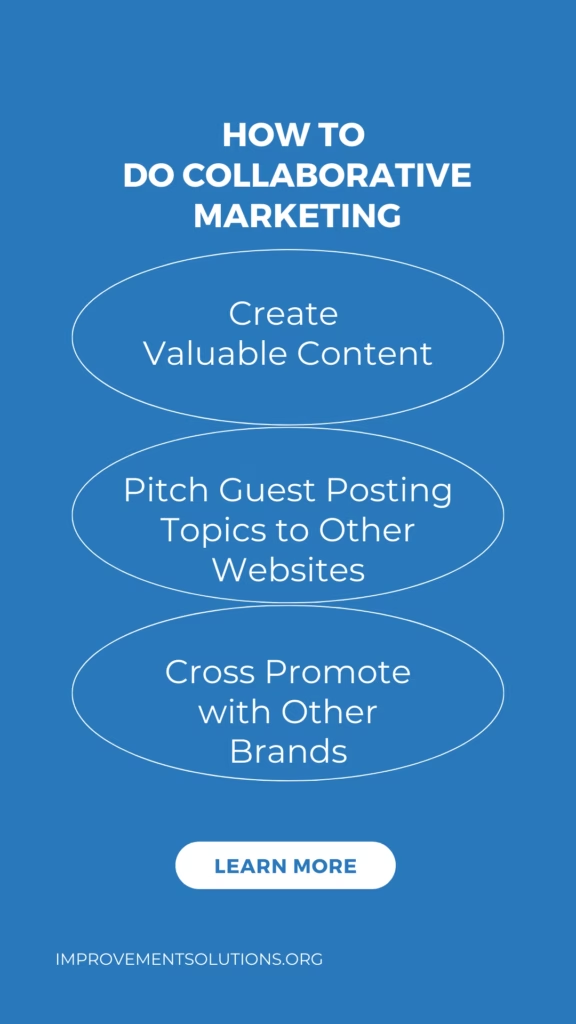
Guest Posting
Guest posting is a win-win strategy where you write blog posts or articles for another website in your industry or niche.
It’s a great way to showcase your expertise while getting your name in front of a new audience.
Plus, many sites allow you to include a bio with links back to your website or social media profiles, driving valuable traffic your way.
When choosing where to guest post, look for websites that align with your brand and cater to your ideal audience.
Pitch topics that add value, answer questions, or solve problems for their readers.
For example, if you run a fitness business, you can write a guest post on a wellness blog about quick at-home workouts.
Not only does this build your credibility, but it also establishes you as a go-to expert in your field.
Cross-Promotion Opportunities
Cross-promotion is like teaming up with a friend in the business world.
You partner with another brand to promote each other’s products or services, creating a mutually beneficial relationship.
Think of it as “I’ll share your audience if you share mine.”
This could look like co-hosting a webinar, running a joint giveaway, or even sharing each other’s content on social media.
For example, if you own a bakery, you could collaborate with a local coffee shop to offer a combo discount: a pastry and a coffee for one special price.
Online, you can take it further by linking to each other’s websites or creating shared content, like a blog post or a video.
The key to successful cross-promotion is finding the right partner.
Look for businesses that align with your values and serve a similar audience but aren’t direct competitors.
The collaboration should feel natural and provide value to both audiences.
Paid Promotion Strategies
If you want to scale your business quickly and reach your target audience effectively, paid promotion strategies are where you want to go.
Investing in the right tools and platforms can deliver powerful results, attracting leads, and converting them into loyal customers.
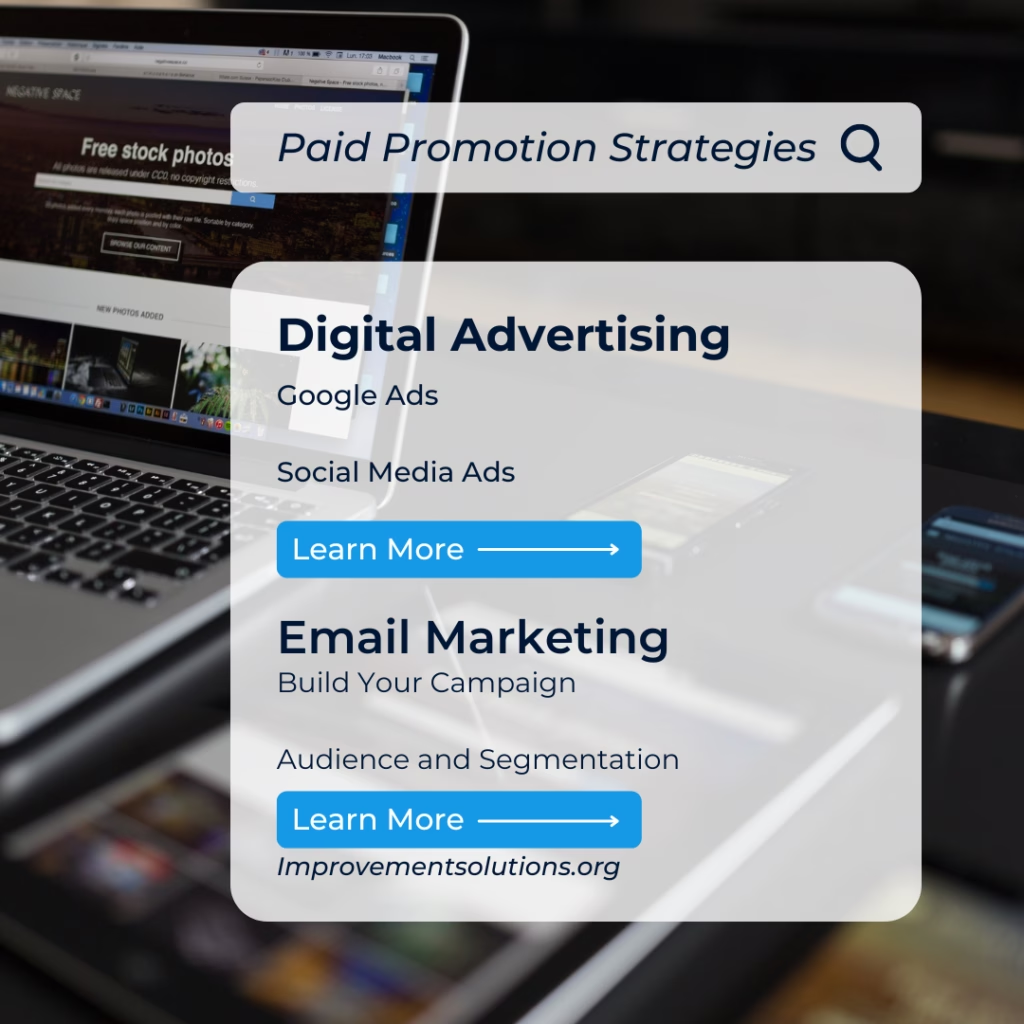
Digital Advertising
Paid digital ads give you the power to get your business in front of the right audience at the right time.
With platforms like Google and social media, you can target specific demographics, interests, and even search intent.
Google Ads
Google Ads is one of the most effective tools for digital advertising, putting your business at the top of search results when people look for products or services like yours.
These ads work on a pay-per-click (PPC) model, meaning you only pay when someone clicks on your ad.
To succeed with Google Ads, focus on choosing the right keywords.
Use terms your audience is searching for and pair them with compelling ad copy that grabs attention.
Don’t forget to link to a specific landing page that matches the ad’s message for a seamless user experience.
Social Media Advertising
Social media platforms like Facebook, Instagram, and LinkedIn offer robust advertising tools that allow you to create visually appealing, highly targeted ads.
Whether you’re boosting a post, running a story ad, or launching a carousel campaign, the goal is to engage users and drive traffic to your site or store.
The magic of social media advertising lies in its targeting options.
You can narrow down your audience by age, location, interests, and even behaviors.
Test different formats, such as videos or images, and track performance metrics to optimize your campaigns over time.
Email Marketing
Email marketing continues to be a powerful and cost-effective way to connect with your audience.
The reason that Email Marketing falls under the paid promotion strategies category is because you’ll need to pay for an email marketing provider, like Mailchimp, to comply with anti-spam regulations.
By building and nurturing your email list, you can share updates, promotions, and personalized messages that encourage customer loyalty.
Build Your Campaign List
A great email campaign starts with a quality list.
Focus on attracting subscribers who are genuinely interested in what you offer.
Use lead magnets including free resources, discounts, or exclusive content to entice sign-ups. Also ensure your website, social media, and events offer easy, clear ways for people to join your list.
Once you’ve built your list, make sure it stays fresh.
Regularly update it to remove inactive subscribers and focus on engaging the people who are most interested in your business.
Automation and Segmentation
Automation and segmentation are game-changers for email marketing.
These automation tools allow you to send emails at the right time without manual effort, like a welcome email series for new subscribers or follow-up emails after a purchase.
Segmentation takes this a step further by dividing your list into smaller groups based on factors like purchase history, location, or interests.
For instance, if you run a clothing brand, you can send targeted emails about winter coats to customers in cold-weather climates.
Personalized content feels relevant to readers, leading to higher open rates and conversions.
Measuring Success and Scaling
Promoting your business online is only half the battle; measuring your success and scaling your efforts are what truly propel your growth.
By tracking performance and using the right tools, you can identify what’s working, refine your strategies, and maximize your return on investment.
Key Performance Indicators (KPI’s)
Key Performance Indicators (KPIs) are measurable values that help you assess how well your marketing campaigns are performing.
Identifying the right KPIs is crucial to tracking progress toward your business goals and making adjustments where necessary.
Here are a few common KPIs to monitor:
- Website Traffic: The number of visitors to your site, how long they stay, and which pages they visit. More traffic can indicate increased awareness and interest in your brand.
- Conversion Rate: The percentage of visitors who take a desired action, like making a purchase or signing up for a newsletter. A higher conversion rate means your website and offers are resonating with your audience.
- Customer Acquisition Cost (CAC): The cost of acquiring a new customer. By measuring this against your revenue, you can determine if your marketing efforts are profitable.
- Return on Investment (ROI): A critical metric to determine the overall effectiveness of your campaigns. It’s calculated by comparing the revenue generated from marketing efforts to the cost of running those efforts.
- Engagement Metrics: Metrics such as likes, shares, comments, and click-through rates (CTR) on social media or email campaigns can show how well your audience is interacting with your content.
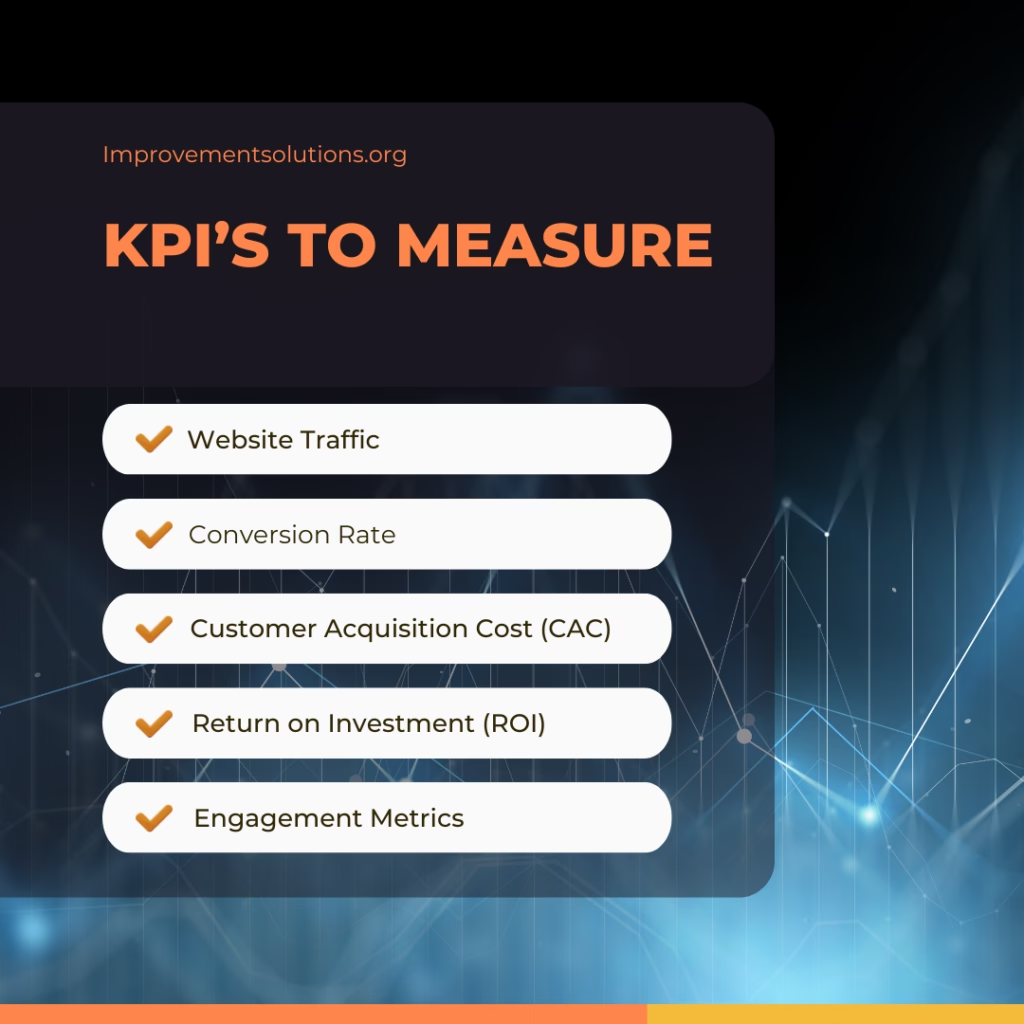
By tracking these KPIs regularly, you can determine which strategies are delivering the best results and which areas need improvement.
Analytics Tools and Dashboards
To make data collection and analysis easier, leverage analytics tools and dashboards that centralize your marketing data.
These tools give you a bird’s-eye view of your performance and provide actionable insights that help you refine your campaigns.
- Google Analytics: This free tool is a must-have for tracking website traffic, user behavior, and conversion data. It allows you to see where your visitors are coming from, what content they’re engaging with, and how they’re converting.
- Social Media Insights: Each social media platform has built-in analytics that shows how your posts and ads are performing. Use these insights to track engagement, impressions, follower growth, and click-through rates.
- Email Marketing Analytics: Platforms like Mailchimp or ConvertKit offer detailed reports on your email campaigns, including open rates, click rates, and bounce rates. These metrics help you understand how your audience is responding to your emails.
- Dashboards: Tools like Google Data Studio or Tableau let you create custom dashboards that pull data from different sources into one place. This allows you to view all your key metrics in one convenient location, making it easier to analyze trends and identify areas for improvement.
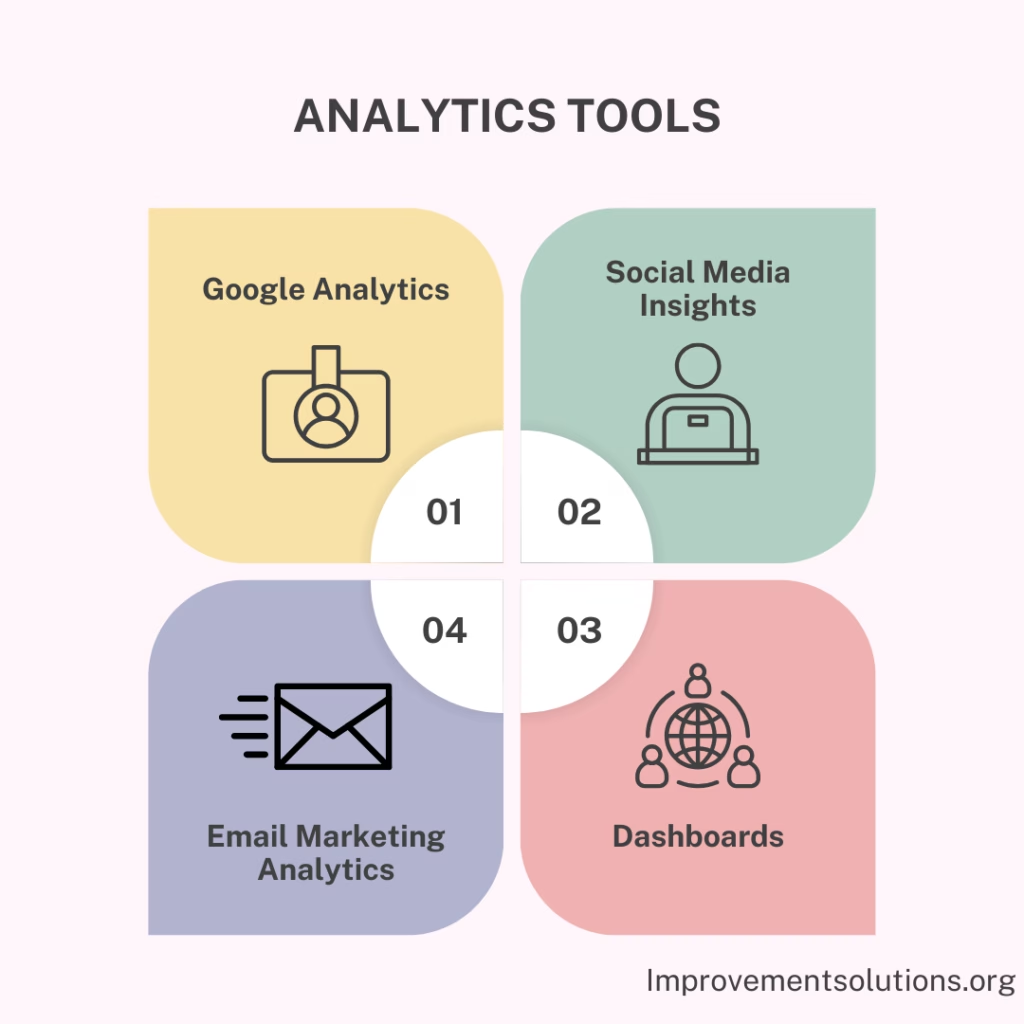
By setting up the right KPIs and utilizing analytics tools, you can effectively measure your marketing efforts.
The more you measure, the more you can improve—and ultimately, scale your business.
Promoting your business online can feel overwhelming, but with the right strategies, tools, and mindset, it becomes an exciting opportunity to connect with your audience and grow your brand.
Remember, digital marketing is not just about making noise; it’s about creating meaningful connections and delivering value.
If you’re ready to take your online marketing to the next level, Continuous Improvement Solutions is here to help. We specialize in digital marketing services tailored to your unique needs.
Visit our Contact Us page to schedule a consultation or learn more about how we can support your business goals.
Don’t forget to join our email list for exclusive tips, strategies, and updates to stay ahead of the digital marketing curve!
